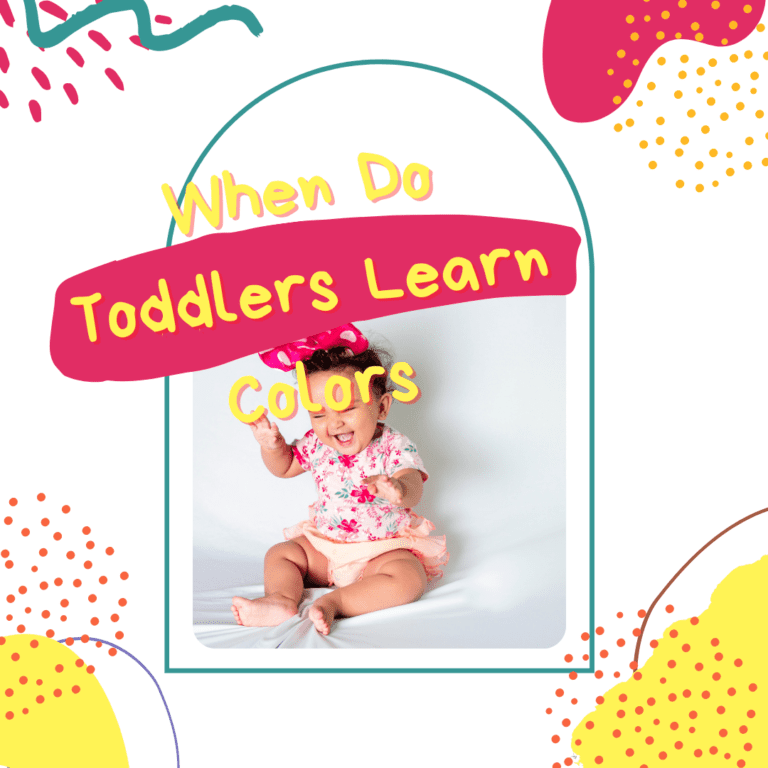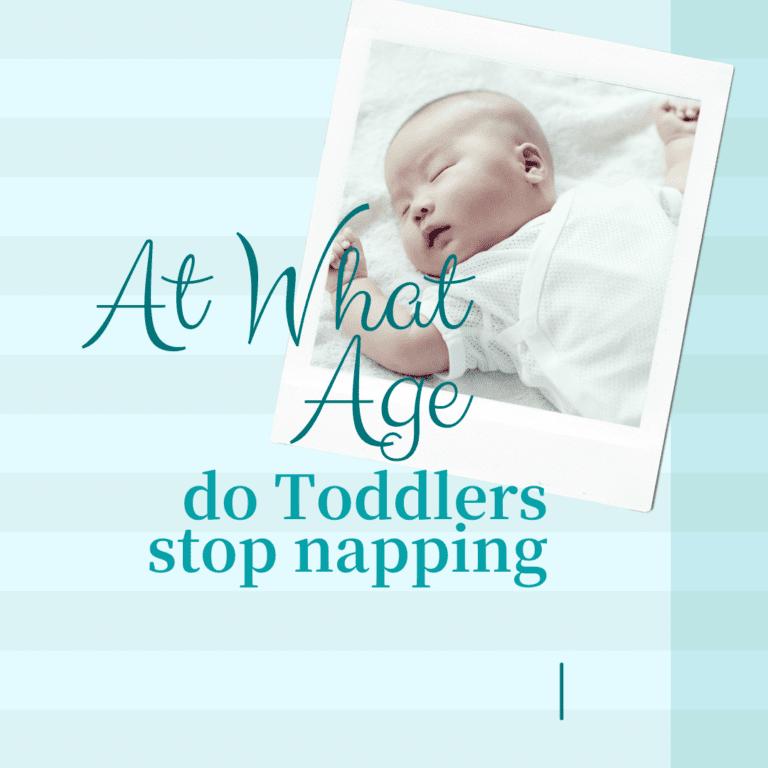There’s a lot of debate about when to Introduce baby toys . Some parents have been known to wait until their child has started crawling or walking before allowing them access to toys, while others feel that the earlier they can introduce toys, the better.
When to Introduce Baby Toys
A study published in Applied Ergonomics found that children who were introduced to objects at around 9 months had more object-related play than those introduced later on. This suggests that even if you are worried about choking hazards (which we certainly shouldn’t be), introducing small items early could help your baby develop motor skills.
But not everyone agrees—some say this approach makes sense because young kids learn through imitation; putting something in front of them teaches them what it means to manipulate an item. Others argue that waiting as long as possible is preferable so that kids don’t associate “playing” with certain types of activities or toys. It also gives adults time to teach safety rules like how to wash hands after using the bathroom.
If you decide to introduce toys early, keep in mind these guidelines from the American Academy of Pediatrics:
Introducing toys between 12 and 15 months old
This allows toddlers to explore without being overwhelmed by too many new things at once.
Don’t worry so much about whether toys are safe, but make sure there aren’t any pieces missing.
You might want to avoid puzzles that contain loose parts. If you do buy puzzle pieces separately, store them all together in one place.
It’s important to remember that no matter how early you get your kid into toys, he will still need adult supervision. Kids should never be left unsupervised near food or drinks. And always supervise free playtime in public places too.
How to choose appropriate toys
Choosing toys for infants and very young kids can sometimes seem overwhelming since there are tons of options available. There are lots of great books written specifically for younger children, including Toddler Activities for Babies and Infants, which includes games, art projects, craft ideas, songs, and other fun stuff for little ones to enjoy. Here are some tips for choosing toddler toys.
Choose high quality toys made with care.
While it may be tempting to go cheaper here, it’s worth spending a bit extra to ensure that the toy won’t break easily or pose health risks. For example, look for toys labeled as having received First Aid certification from CPR America. Look for toys made with lead-free paint. And keep in mind that some inexpensive toys can actually cost a few bucks more due to manufacturing costs.
Avoid plush toys.
They often harbor bacteria, mold, mildew, dust mites, dander, dirt, saliva, dead skin cells and hair. In fact, The Journal of Allergy and Clinical Immunology recommends against buying stuffed animals entirely unless they meet specific criteria designed to minimize potential allergens. Instead, try looking for washable fabric softeners instead.
Avoid highly dangerous toys.
As mentioned above, it’s important to know about choking hazards. Check labels carefully and follow instructions for removing parts. Choking hazard warnings include red crosses, black triangles next to icons such as balls or circles, and yellow signs with diagonal lines through them. Also watch out for sharp edges and pointy corners.
Make sure toys are age-appropriate.
Even though kids love discovering everything new, it’s good to give older siblings a chance to show off their own interests and talents first. Younger brothers and sisters can then use the toys to imitate them later.
Consider toy storage.
Keep toys away from where they can be knocked over or become dirty. When storing toys, put larger items in boxes and smaller items in bins or drawers. Avoid stacking crayons, blocks, dolls and similar toys on top of each other. That way you won’t accidentally knock anything down onto them.
Keep toys clean.
Wash toys regularly with hot water and soap, especially hand puppets, finger puppets, and puppet strings. Don’t let toys sit in the sink dripping wet, and dry thoroughly. Be careful cleaning up messes. Use non-scratch cleaners for hard surfaces. To disinfect toys, soak them overnight in room temperature vinegar solution. Or sanitize them under running tap water and dishwasher spray cycles. Then rinse well. Dry thoroughly afterward.
Watch for allergies.
If you think your child might be allergic to particular materials, make sure to test every type of clothing, bedding, carpeting, furniture and household products before introducing them. Ask pediatricians about testing kits.
Avoid roughhousing.
Although it seems harmless enough, it can cause injuries. Consider giving your child supervised breaks during play sessions.
Conclusion
Remember that play isn’t just about learning. Play helps build self-esteem and encourages healthy development. So whatever stage your infant is at right now, take advantage of opportunities to play!



